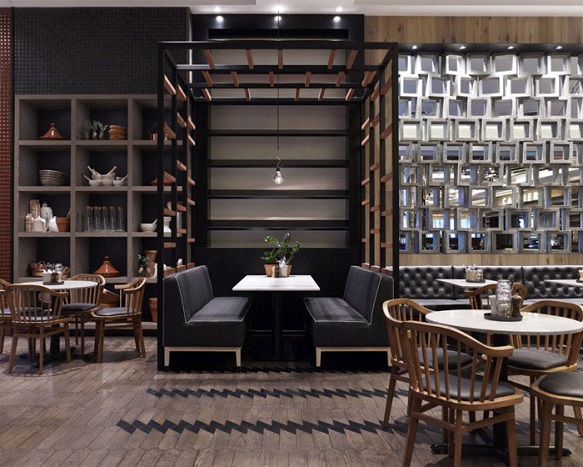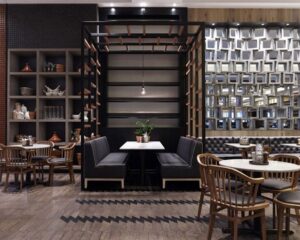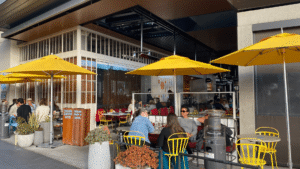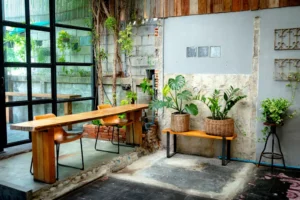How to Create a Menu That Works for Your Cafe
Introduction
Creating a successful menu for your cafe involves balancing creativity with practicality. A well-designed menu not only reflects your cafe’s concept but also meets customer preferences and operational efficiency. Here are some key steps to craft a menu that works for your cafe.
Understand Your Concept and Audience
- Define Your Theme: Align your menu with your cafe’s overall theme and brand identity. Whether you’re focusing on artisanal coffee, healthy options, or international cuisine, your menu should reflect this vision.
- Know Your Customers: Understand the preferences and demographics of your target audience. Consider their dietary preferences, lifestyle choices, and spending habits to tailor your offerings.
Balance Variety and Focus
- Offer Core Items: Identify core menu items that represent your cafe’s specialty. Ensure these items are consistently high-quality and well-executed.
- Provide Variety: While maintaining a focus, offer diverse options to cater to different tastes and dietary needs, such as vegetarian, vegan, or gluten-free choices.
- Seasonal Specials: Incorporate seasonal ingredients and limited-time specials to keep your menu fresh and exciting. This allows you to showcase creativity and respond to ingredient availability.
Consider Pricing Strategy
- Analyze Costs: Calculate the cost of each menu item, including ingredients, labor, and overhead. Ensure pricing covers costs while providing a reasonable profit margin.
- Competitive Pricing: Research competitors’ pricing to position your offerings attractively within the market. Balance affordability with perceived value.
- Tiered Pricing: Offer items at different price points to appeal to a wide range of customers, from budget-conscious patrons to those seeking premium options.
Optimize Menu Layout and Design
- Logical Organization: Arrange menu items logically, grouping similar dishes together. Use clear headings and categories to guide customers easily through their choices.
- Highlight Specials: Use design elements like boxes or icons to draw attention to signature dishes or specials. This can influence customer choices and highlight profitable items.
- Simple Design: Keep the menu design clean and easy to read, avoiding clutter. Use appealing fonts and colors that align with your brand aesthetic.
Focus on Quality and Consistency
- Source Quality Ingredients: Prioritize fresh, high-quality ingredients that enhance the flavor and appeal of your dishes. Build relationships with reliable suppliers.
- Consistency in Preparation: Train staff to ensure consistent preparation and presentation of menu items. Consistency builds customer trust and satisfaction.
Adapt to Feedback and Trends
- Customer Feedback: Regularly gather and analyze customer feedback to understand their preferences and identify areas for improvement. Use this information to refine your menu.
- Stay Informed: Keep abreast of food trends and industry innovations. Adapt your menu to incorporate popular trends that align with your brand.
Consider Operational Efficiency
- Streamline Preparation: Design your menu to allow for efficient preparation and service. Limit complex dishes that require extensive time or specialized skills.
- Cross-Utilize Ingredients: Use ingredients across multiple dishes to minimize waste and simplify inventory management.
Conclusion
Creating a menu that works for your cafe requires a thoughtful approach that considers your concept, audience, and operational needs. By balancing variety with focus, optimizing pricing and design, and prioritizing quality and consistency, you can craft a menu that delights customers and supports business success. Regularly adapting to feedback and trends ensures your menu remains relevant and appealing. Embrace these strategies to develop a menu that reflects your cafe’s unique identity and enhances the overall dining experience. Through careful planning and creativity, your menu can become a key asset in building a thriving cafe.











Post Comment